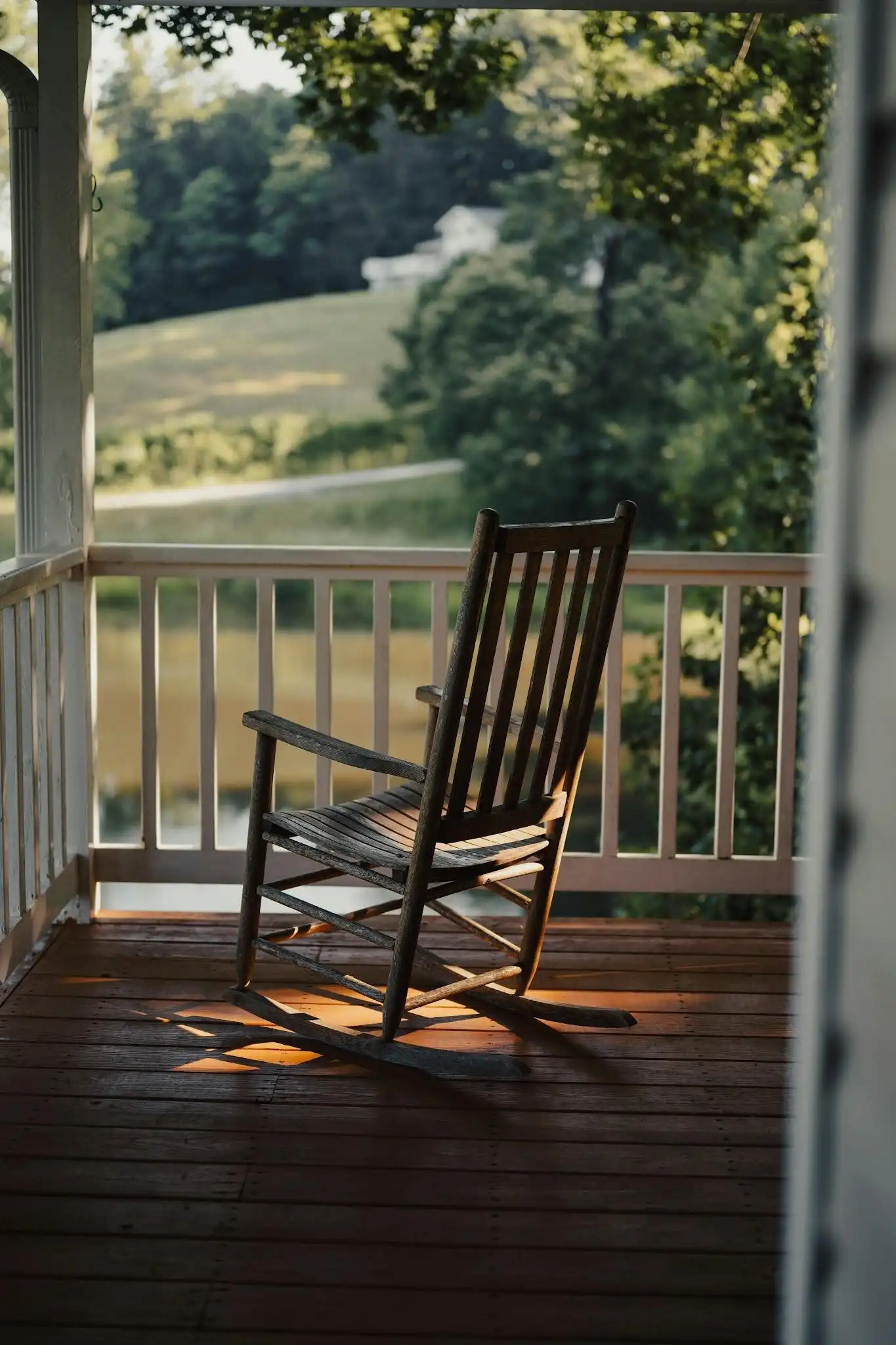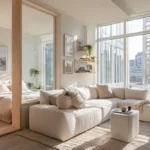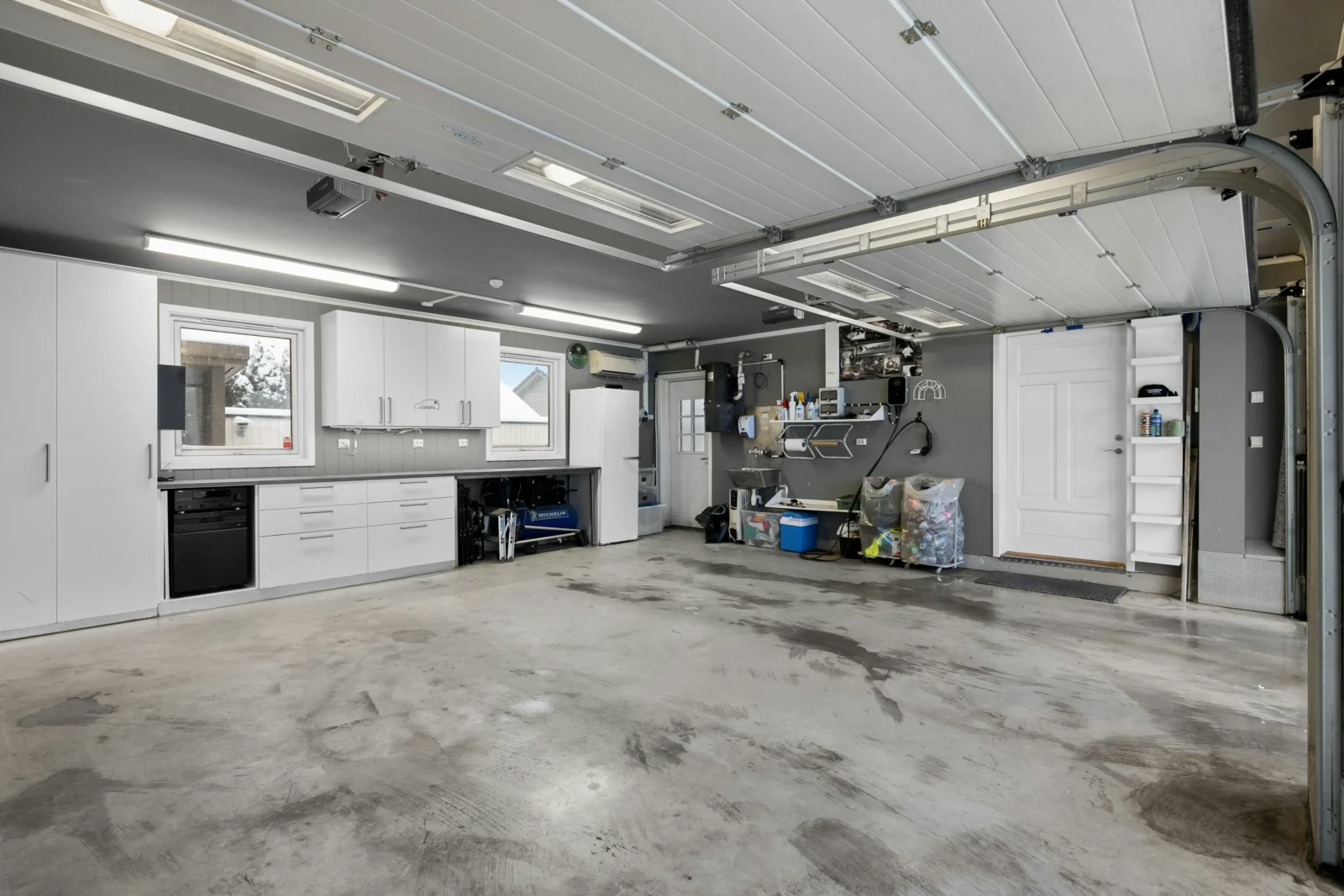- Home
- Articles
- Architectural Portfolio
- Architectral Presentation
- Inspirational Stories
- Architecture News
- Visualization
- BIM Industry
- Facade Design
- Parametric Design
- Career
- Landscape Architecture
- Construction
- Artificial Intelligence
- Sketching
- Design Softwares
- Diagrams
- Writing
- Architectural Tips
- Sustainability
- Courses
- Concept
- Technology
- History & Heritage
- Future of Architecture
- Guides & How-To
- Art & Culture
- Projects
- Interior Design
- Competitions
- Jobs
- Store
- Tools
- More
- Home
- Articles
- Architectural Portfolio
- Architectral Presentation
- Inspirational Stories
- Architecture News
- Visualization
- BIM Industry
- Facade Design
- Parametric Design
- Career
- Landscape Architecture
- Construction
- Artificial Intelligence
- Sketching
- Design Softwares
- Diagrams
- Writing
- Architectural Tips
- Sustainability
- Courses
- Concept
- Technology
- History & Heritage
- Future of Architecture
- Guides & How-To
- Art & Culture
- Projects
- Interior Design
- Competitions
- Jobs
- Store
- Tools
- More
Key Design Ideas That Turn a Plain Deck into a Relaxing Retreat

A deck has the potential to become one of the most enjoyable spaces in a home. Whether it’s used for quiet mornings, weekend gatherings, or evening relaxation, thoughtful design can transform a basic structure into a personal retreat. The key is to focus on elements that enhance comfort, aesthetics, and functionality. By layering textures, incorporating smart lighting, and choosing quality materials, any plain deck can be elevated into a welcoming and stylish outdoor living area.
Table of Contents
ToggleIlluminating Spaces with Strategic Lighting
Lighting plays a transformative role in creating a cozy and inviting atmosphere on any deck. A well-planned lighting scheme can highlight architectural details, improve safety, and set the tone for different activities. One effective option is to install decking lights for outdoors, which provide subtle, low-level illumination that enhances the space without overwhelming it. This type of lighting can be placed along railings, steps, or under seating to create soft glows that guide movement while adding visual warmth.
Layering different lighting types works best for versatility. Overhead string lights or lanterns create ambient lighting for gatherings, while task lighting near cooking or dining areas improves functionality. Accent lighting on plants, decorative features, or water elements can draw attention to focal points. A mix of these approaches allows homeowners to adjust the mood for quiet evenings, lively parties, or family dinners, all while improving the deck’s design appeal.

Defining Zones for Different Activities
Dividing the deck into distinct zones helps maximize its usefulness and creates a sense of structure. One section can serve as a dining area with a table and chairs, while another might function as a lounge with comfortable seating and coffee tables. Clearly defined spaces make the deck feel organized and purposeful, accommodating multiple activities without feeling cluttered.
Using outdoor rugs, planters, or changes in flooring direction can subtly mark these zones without the need for physical barriers. This approach is helpful for larger decks where multiple functions, such as cooking, eating, and relaxing, take place simultaneously. Thoughtful zoning ensures each activity has its place, contributing to a balanced and enjoyable outdoor environment.
Choosing Comfortable and Durable Furnishings
Furniture selection has a significant impact on the comfort and style of a deck. Investing in high-quality outdoor furniture that combines durability with aesthetic appeal ensures the space remains inviting for years. Materials like teak, wrought iron, aluminum, and weather-resistant wicker hold up well to the elements while maintaining their appearance. Cushions made with quick-dry foam and UV-resistant fabrics provide lasting comfort without constant maintenance.
Arrangement matters as much as material. Grouping seating to encourage conversation, adding side tables for convenience, and incorporating versatile pieces like ottomans or benches create a functional and adaptable layout. The right furniture makes the deck a true extension of the home’s interior, blending relaxation with practicality.
Incorporating Natural Elements for a Calming Effect
Nature has an inherent calming influence, and integrating natural elements into deck design helps create a soothing retreat. Planters with lush greenery, climbing vines on trellises, or vertical gardens add color and softness to structural elements. Using natural materials like wood, stone, and clay further strengthens this connection to the outdoors.
Water features, such as small fountains or decorative ponds, bring movement and sound that can mask urban noise and enhance relaxation. Even simple touches like herb gardens or potted flowers can transform a stark deck into a vibrant, sensory-rich environment. These natural details encourage a feeling of escape, making the deck a more immersive and enjoyable space.

Adding Shade and Weather Protection
Comfort on a deck depends heavily on protection from the elements. Without shade, the area can become too hot during the day, while exposure to rain can limit usability. Adding pergolas, retractable awnings, or shade sails provides flexible coverage that enhances comfort without compromising aesthetics. These structures can be designed to match the deck’s style, whether modern, rustic, or traditional.
For cooler months or breezy evenings, incorporating windbreaks like lattice panels or strategically placed planters can shield against discomfort. Some homeowners install outdoor heaters or fire pits to extend the deck’s usability throughout the year. By addressing sun, wind, and rain, the deck becomes a versatile retreat that adapts to changing conditions.
Personalizing the Space with Decorative Touches
Personal touches bring warmth and character to any outdoor space. Decorative elements such as throw pillows, outdoor art, candles, or unique planters can reflect personal taste and tie the design together. Choosing a cohesive color palette and repeating certain textures or patterns helps create a unified look.
Seasonal decorations can keep the space feeling fresh. Lightweight textiles in summer, warm blankets in fall, or festive touches during holidays make the deck feel dynamic and cared for. Personalization is what turns a functional structure into a meaningful extension of the home, a place where people feel comfortable and connected.
A well-designed deck offers more than just extra space; it becomes a retreat that enhances everyday living. Through thoughtful lighting, well-defined zones, durable furnishings, natural elements, weather protection, and personalized décor, homeowners can transform a plain deck into a stylish and relaxing haven. Investing in quality design now pays off through years of enjoyment, making the deck one of the most rewarding features of any home.
illustrarch is your daily dose of architecture. Leading community designed for all lovers of illustration and #drawing.
Submit your architectural projects
Follow these steps for submission your project. Submission FormLatest Posts
Are Organic Bamboo Sheets Worth the Investment?
When it comes to getting a good night’s sleep, the quality of...
Converting Garages to Living Spaces: Structural Changes That Require Professional Engineering
When considering a garage conversion to extend your home’s living space, understanding...
A Beginner’s Guide to Architectural Details
Architectural details explained for beginners: clear terms, key joints, proportions, climate-smart specs,...
5 Must-Visit Structures by Norman Foster
Explore five must-visit structures by Norman Foster, showcasing iconic works that combine...












Leave a comment